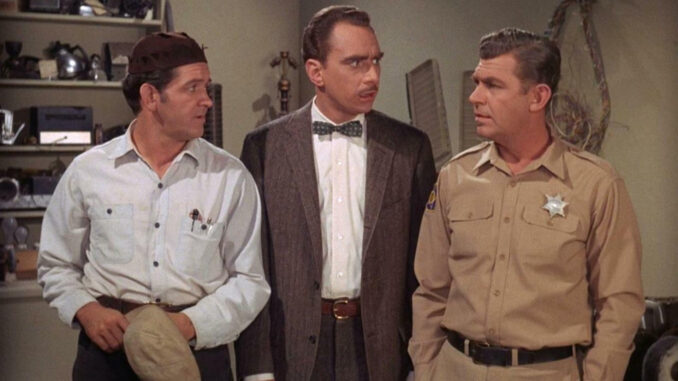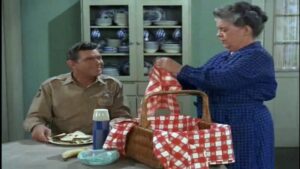
“The Andy Griffith Show” offers a nuanced portrayal of rural life, capturing both its charms and challenges through the idyllic setting of Mayberry. While the series celebrates the simplicity and close-knit nature of small-town living, it also addresses the complexities and realities faced by its residents.
1. Charms of Rural Life
The show paints a picture of an idealized rural community characterized by strong familial ties, neighborly support, and a slower pace of life. The charm of Mayberry is evident in its picturesque landscapes, friendly gatherings, and the warmth of its residents. Episodes often highlight communal events, such as picnics and festivals, showcasing the sense of belonging that comes with living in a tight-knit community. The show emphasizes values like friendship, honesty, and cooperation, portraying a world where people genuinely care for one another.
2. Simplicity and Peacefulness
Life in Mayberry is depicted as uncomplicated, with characters often engaging in light-hearted activities and wholesome adventures. The lack of urban stressors creates a peaceful environment, allowing residents to enjoy the simple pleasures of life. This portrayal resonates with viewers seeking a respite from the complexities of modern living, providing a nostalgic view of rural existence.
3. Challenges and Conflicts
Despite its idyllic portrayal, the show does not shy away from addressing the challenges of rural life. Issues such as economic struggles, generational differences, and the impact of change are woven into various storylines. For instance, the arrival of new residents or external businesses occasionally disrupts the status quo, prompting debates about tradition versus progress. These conflicts reveal the tension that can arise in small towns as they navigate modernization and the need to adapt.

4. Character Struggles
Characters like Barney Fife and Aunt Bee often face personal struggles that highlight the vulnerabilities within the community. Barney’s insecurities and Aunt Bee’s occasional loneliness reflect the emotional complexities that can exist beneath the surface of rural charm. These portrayals add depth to the narrative, reminding viewers that rural life, while appealing, is not without its hardships.
5. Cultural Reflection
The show also serves as a cultural reflection of the 1960s, illustrating the social dynamics of rural America during a time of significant change. It subtly addresses issues like race and class, albeit in a more sanitized manner, prompting viewers to consider the realities of rural life in a broader context. The show’s treatment of these themes allows for a critique of societal norms and the evolution of small-town America.
Conclusion
In “The Andy Griffith Show,” rural life is depicted with a blend of charm and complexity. While the series celebrates the warmth and simplicity of Mayberry, it also acknowledges the challenges that come with small-town living. By balancing idealism with realism, the show provides a thoughtful critique of rural life, inviting viewers to appreciate both its joys and its difficulties. This nuanced portrayal contributes to the show’s enduring appeal and relevance, resonating with audiences across generations.
